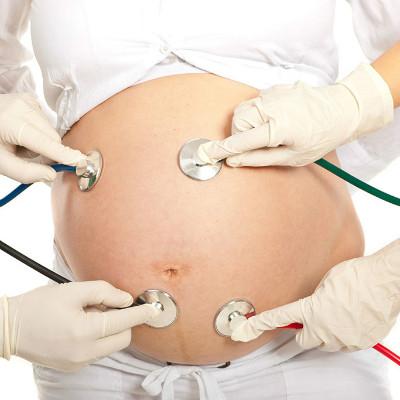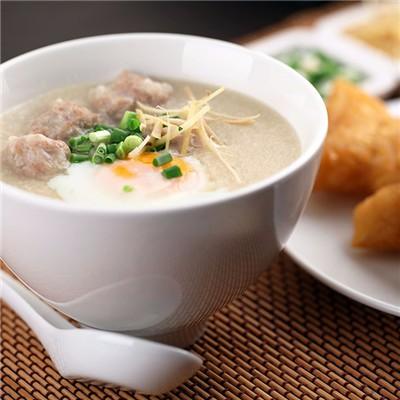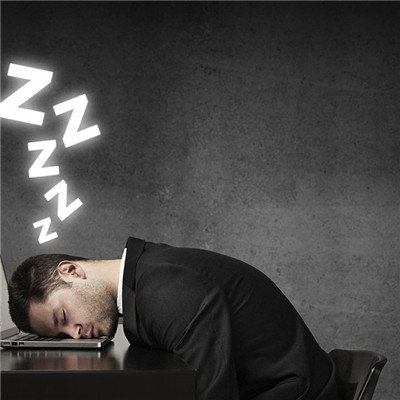What symptom does pulpitis have?
summary
Pulpitis has become one of the most frequent and common oral diseases. According to the investigation, the duration of pain in the early stage of pulpitis is relatively short, maybe only a few minutes, but the relief time is relatively long. With the development of inflammation, the duration of pain will be longer and longer, and the relief time will be shorter. To the late stage of acute pulpitis, the pain can be continuous jumping pain. So, what symptom does specific pulpitis have? Let's talk about it.
What symptom does pulpitis have?
Severe spontaneous paroxysmal toothache. Spontaneous pain refers to severe pain in the teeth without any stimulation. The pain can be relieved by itself after a while.
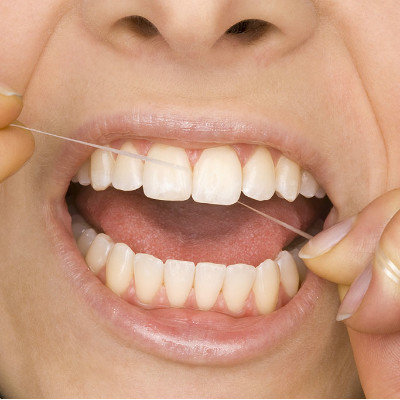
The pain cannot be located. The pain can radiate to the ipsilateral upper and lower teeth and the temporal part of the ear. Patients often can not clearly point out the location of the affected teeth. When the child feels maxillary toothache, the affected tooth may be in the mandible. When the child feels the toothache in the front, the tooth in the back may actually be damaged. If the child has multiple bad teeth in the mouth, it is necessary to carefully distinguish which tooth has pulpitis, because the treatment of caries and pulpitis are completely different.

The pain tends to increase at night. This may be related to the increase of pressure in pulp cavity when supine. Temperature stimulation can aggravate the pain. At the beginning, cold and heat can aggravate the pain, but when the pulp is suppurated or necrotic, cold water in the mouth can relieve the pain, which may be caused by the gas produced by the pulp suppurated and necrotic, the gas expands with heat, the pressure increases, and contracts with cold, the pressure decreases.
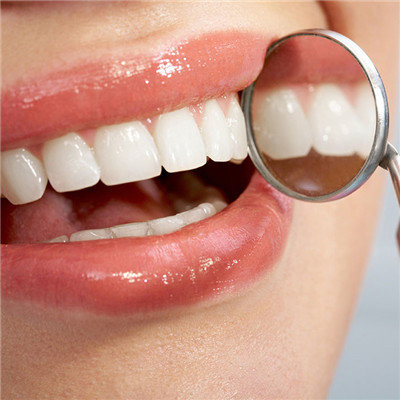
matters needing attention
Severe spontaneous paroxysmal toothache. Severe pain occurs spontaneously in the teeth. The pain can be relieved by itself after a while.



